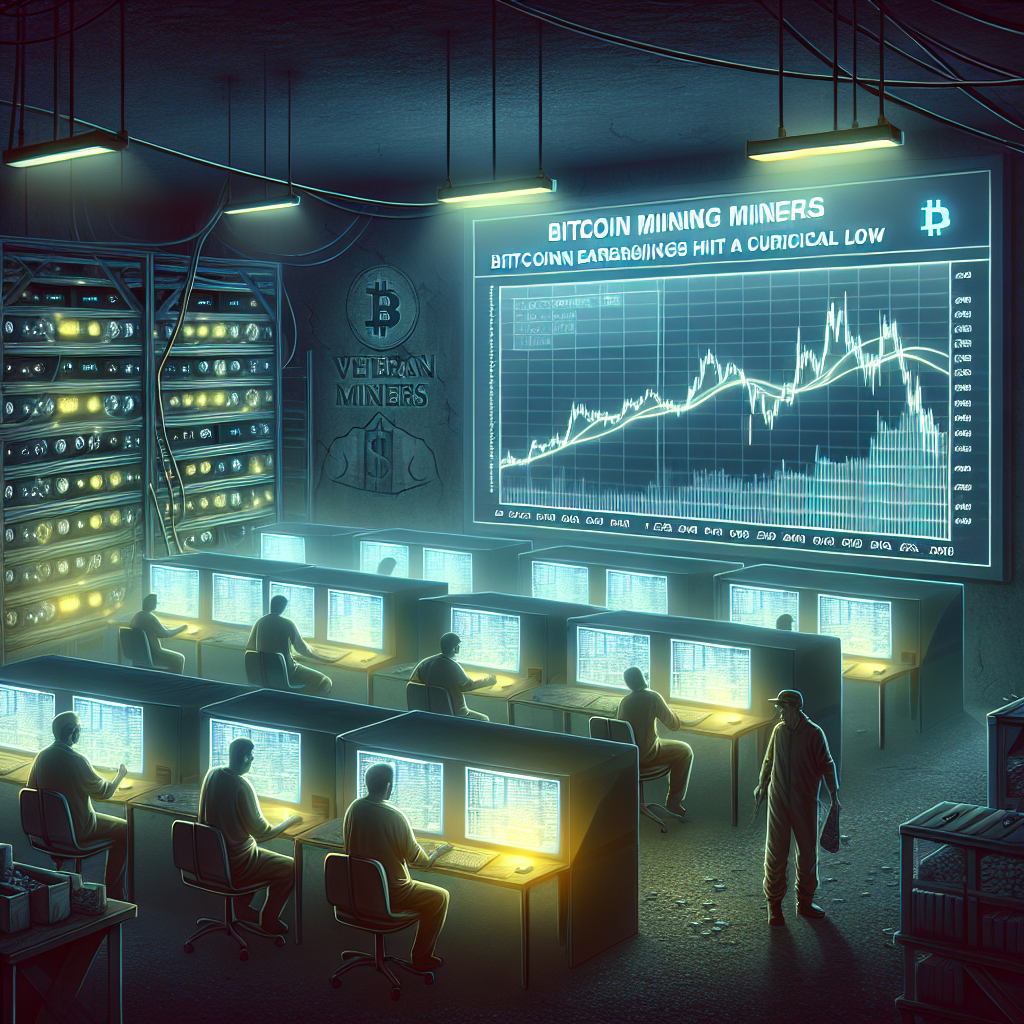
Bitcoin mining earnings hit a crucial low for veteran miners as transaction fees drop after the halving event.
Revenues for Bitcoin miners have experienced significant compression since the halving event in April 2024.
Currently, transaction fees account for roughly 1.48% of block rewards, marking one of the lowest levels seen since 2023.
This reduction underscores an increasing dependence on subsidy income, which has declined to 3.125 BTC per block after the halving.
Hashprice has also remained relatively stagnant.
In late April, it was pegged at $48.9 per PH/s/day, with miner earnings failing to align with Bitcoin’s market price hovering around $95,000. This situation has left energy-intensive mining operations running at a loss. Machines operating between 25-38 J/TH earned approximately $0.06 per kWh, falling short of estimated grid expenses of around $0.08.
The surge in transaction fees attributed to Ordinals and Runes activities was short-lived. Following their peak at $127 per transaction during the Runes launch in April 2024, average fees have now dipped below $2.
The declining demand for blockspace raises alarms about the sustainability of miner income from transactions. Despite 650 million users having indirect access to the Lightning Network channels, off-chain transactions have not significantly enhanced block rewards.
Developers are monitoring soft-fork proposals such as OP_CAT and CTV as potential catalysts for change. Galaxy Research anticipates a consensus by 2025, although the timelines for activation remain unclear.
Stress testing scenarios reveal the vulnerabilities faced by miners. With Bitcoin valued at $96,000 and fee income at 1%, nearly 35% of the network could encounter negative cash flow at standard electricity rates.
Modeling conducted by Luxor and Coin Metrics suggests that with Bitcoin priced at $85k and transaction fees remaining at 1% of the block reward, around one-third of active hashpower would fall below cash-flow breakeven at $0.08/kWh.
At $96k, while Bitcoin’s price rise alleviates some issues, one in five hashes is still operating at a loss if fee percentages remain at 1%. Relying solely on subsidy income will not sustain mid-generation rigs running on $0.08 power for a prolonged period, emphasizing how sensitive miner margins have become post-halving.
Older ASICs may be the first to halt operations, prompting fleet upgrades and testing the decentralization of Bitcoin. Without stronger fee markets or emerging demand cycles, margins across the industry are tightening in the post-halving landscape.

















Post Comment